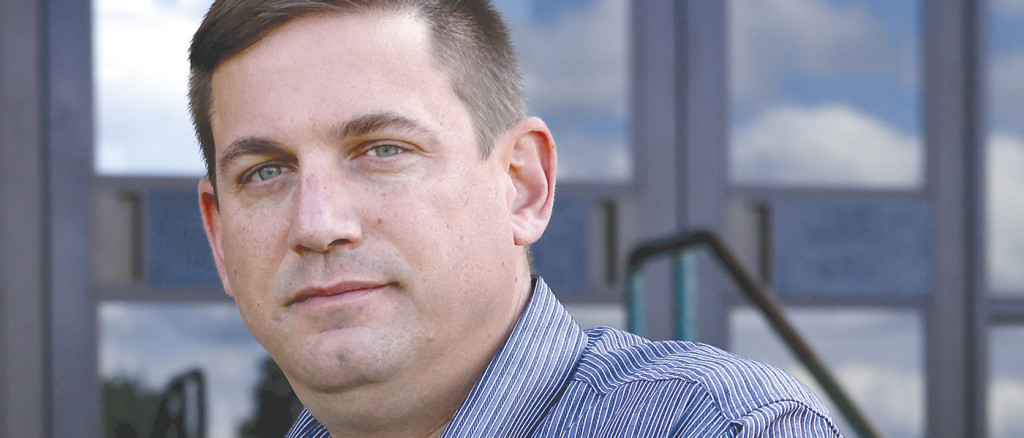Safety in the Schools
Teachers and parents have been talking with writer Ed Griffin-Nolan about the state of Syracuse’s schools. One question: Even if the number of violent incidents is stable, are they getting worse?
With two weeks left ’til school starts,” says Bill Scott, a former school social worker who is now a vice president with the Syracuse Teachers Association (STA), “the clock is ticking.”
Scott is talking about the new code of conduct proposed for the city schools, which has been much discussed but not yet approved by the Syracuse Board of Education. The revised code, which includes elements supported by both teachers and parent advocates, was to be on the agenda for a community wide summit scheduled for last week at Fowler High School, then was canceled days after it was announced.
Teacher training regarding the new code is set for later this month, but, according to School Board President Michelle Mignano, the state attorney general has requested three points of clarification before the office will approve the new code. With no school board meetings scheduled until Sept. 11, it is unclear just what the training will include.

The new school year looms after a raucous spring that culminated in a teacher walkout from a June board meeting after the STA declared that 95 percent of teachers had lost confidence in the superintendent. The episode once again revealed a split in the community that, if the optics are to be believed, reflects a deeper racial divide. Mayor Stephanie Miner vowed at the time to bring the union and the superintendent together, but after one meeting, that effort appeared to go nowhere.
Most teacher complaints revolve around the issue of discipline and student behavior. Multiple reports have charged the district with being heavy-handed and discriminatory in its dealing with student misconduct. At the center of the controversy is Superintendent Sharon Contreras.
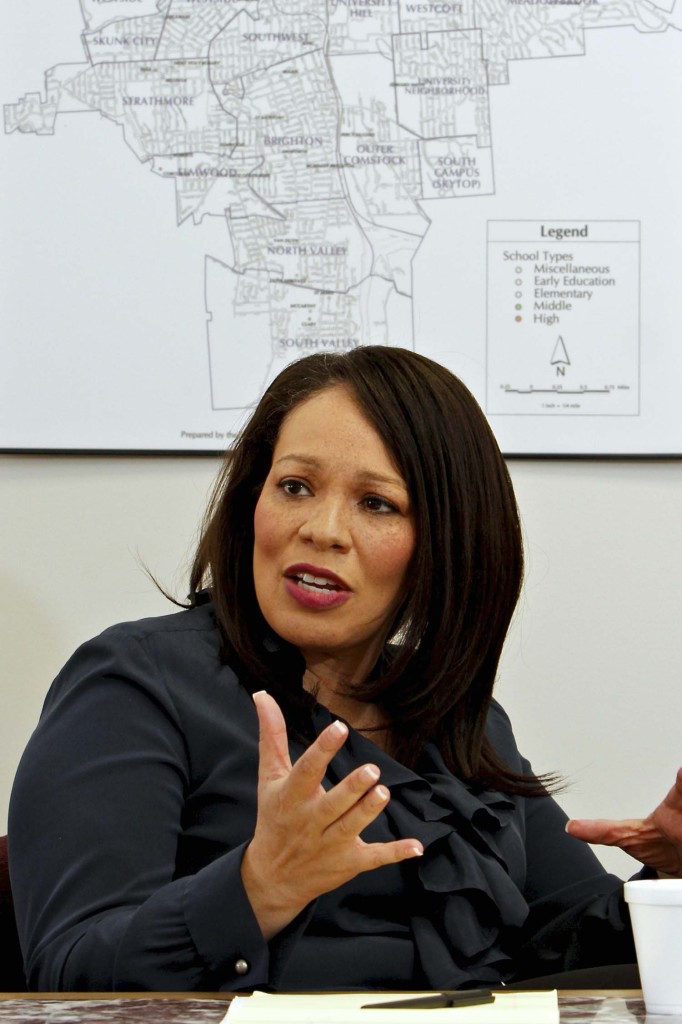
When Contreras came to Syracuse three years ago, she told the public that she wasn’t coming here to manage a school system but to transform it. With the unanimous backing of the Board of Education and a rousing endorsement from Say Yes to Education, which paid for the search that led to her selection, there was palpable hope that a district plagued by failing schools and a low graduation rate was about to turn a corner. Expectations were high.
At the time, student performance was the issue, and student behavior was rarely mentioned. That has changed. As students in the Syracuse City School District get ready to head back to their classrooms, Contreras finds herself at the center of a debate on student behavior and discipline that has pitted teachers against administrators, parents against teachers and, at times, blacks against whites. The city remains sharply divided over the dimensions of violence in the schools, the reasons it exists and what to do about it.
Yet suspension rates during the Contreras years are not much different than they were before. According to statistics presented by the district, the out-of-school suspension rate for all Syracuse city school students, grades K-12, has hovered around 20 percent going back at least as far as 2006. Disciplinary referrals, which essentially means a teacher has sent a kid to the office, have not increased notably, either.
Almost everyone agrees that the suspension rate is too high, and that a small percentage of students are creating most of the problems. Long-time advocates in the African-American community, most vocally Walt Dixie and Twiggy Billue, argue that suspension of young people is the start of a “pipeline to prison” that results in high levels of incarceration, especially for African-American males. Scott and teachers belonging to the advocacy group Be the Change want more help for troubled students, but they insist that disruptive students be removed from the classroom to permit others to learn. Be the Change formed in February of this year and has nearly 700 members.
In June, the state Attorney General’s Office announced that Syracuse schools suspend a higher percentage of its pupils than almost any other district in the nation, that the district fails to train its staff adequately on proper disciplinary procedures and that discipline is practiced in ways that discriminates against non-white students and students with disabilities. On July 10, the district signed an agreement with the state which, without disputing or affirming the AG’s findings, commits the school system to a series of corrective measures. Those measures include hiring an internal ombudsman and an independent monitor to track the disparities in discipline. At press time, the school district had yet to confirm whether these positions had been filled.
The AG report came on the heels of an earlier study conducted by UCLA professor Daniel Losen. The district, according to Losen, suspends nearly one in eight elementary students for at least a day, and when discipline is handed out, minority kids are likely to face discrimination. In secondary school, a black student stands double the chance of being suspended as his or her white classmate.
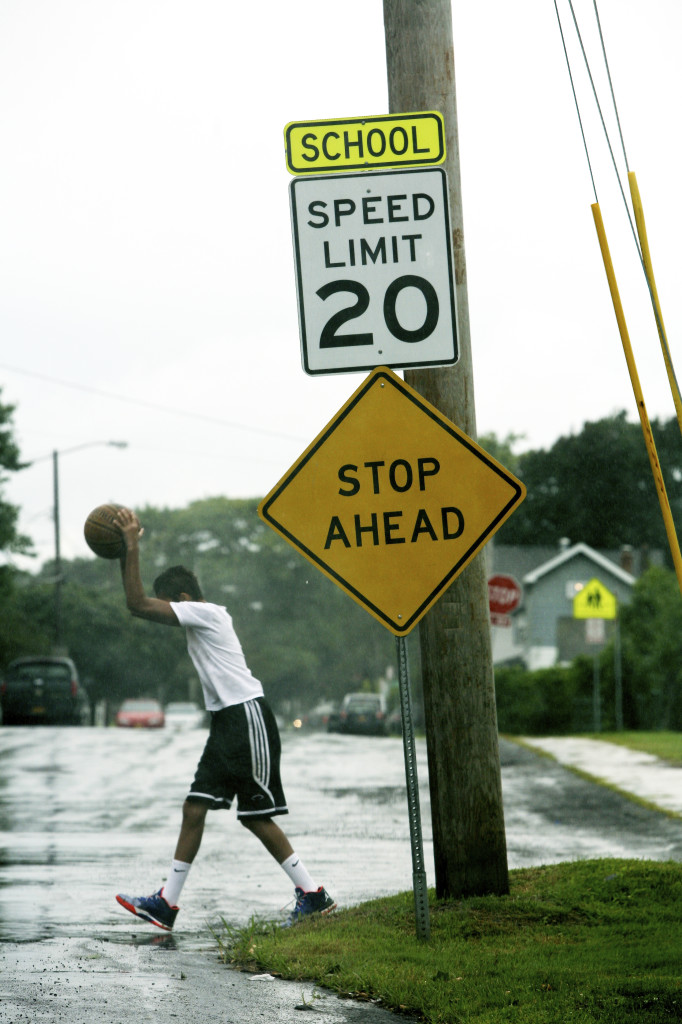
What has changed, say many teachers, is the level and severity of violence in the schools. In spite of the high rate of suspensions, teachers complain that administrators don’t do enough to help them with unruly students. Scott describes what he calls “a culture of fear” in schools. Teachers, even many with tenure, are unwilling to speak on the record about their experiences, but dozens if not hundreds have joined Be the Change and shared their stories online. In interviews, more than a dozen teachers, parents, and students gave compelling first hand accounts of school violence.
Just last week, the state Education Department included Danforth and Lincoln middle schools on its list of “persistently dangerous schools.” The district disputes the designation, but there is no disputing that Syracuse schools represent half of all the upstate schools on the list.
This designation highlights a central failing that Losen pointed out in his June 6 report: In spite of the extraordinarily high suspension rate, the schools are no safer than before, nor are they getting significantly better academic results, on average.
Scott, who served as a social worker in two city schools before taking his union post, was one of the leaders of the group that first made public stories of teachers injured on the job. His father, retired teacher and administrator William Scott Sr., convened a group of teachers earlier this year to discuss the issues and problems. A number of them told tales of being attacked by students who, they say, were given minimal consequences for their actions.
One teacher with eight years of experience, who asked that her name not be published, was grabbed by the hair and “pummeled” by a sixth-grade pupil in October 2012.
“She dragged me to the hallway, took me down to the cement floor, kicked me all over the place,” she said.
The attack went on for 15 minutes, until her screams came to the attention of the building principal, Dean DeSantis, who came running from downstairs. DeSantis is now in charge of seven city schools included in a group of schools known as the Innovation Zones.
“I didn’t sleep for weeks,” says the teacher.
She went to the hospital with bruises but no broken bones. Because the child was under 16, no charges were filed. She claims that the pupil, who was taken home after police were called, was allowed to return to school the next day. Only after her husband called attorneys and public officials, she says, did the district agree to send the pupil to another school.
This teacher was given a leave of absence but returned to school to teach the next day. The pupil began calling her at school, “saying she’s going to kill me, calling me a bitch.” She called police again to charge harassment but was told that no charges could be filed because of the pupil’s age.
The teacher requested a transfer and was moved to Porter Elementary School. Three weeks into the 2013-14 school year, she suffered a breakdown.
“I don’t know what happened to me,” she said. “I couldn’t do it. I was overwhelmed, anxious. The language, the kids kicking, chairs being thrown, kids spitting on me.”
She and others contend that when she referred offending pupils to the office, “they came back with a piece of candy and a crown on their head.”
Stories of lenient treatment for offending students are commonplace among members of Be the Change. The new code of conduct refers to a “restorative justice” approach some teachers fear will not adequately address the problem of persistently disruptive students.
Be the Change leaders are dismissive of charges that their problems stem from subtle racism. One teacher assistant with nearly 15 years of experience in the district, who is African-American, insisted that the behavior problems are pervasive and growing.
“Our (English as a Second Language) kids are acting up,” she says. “They see the other kids act up and get away with it. There’s never been a history of ESL students acting up.”
She also declined to be identified publicly.
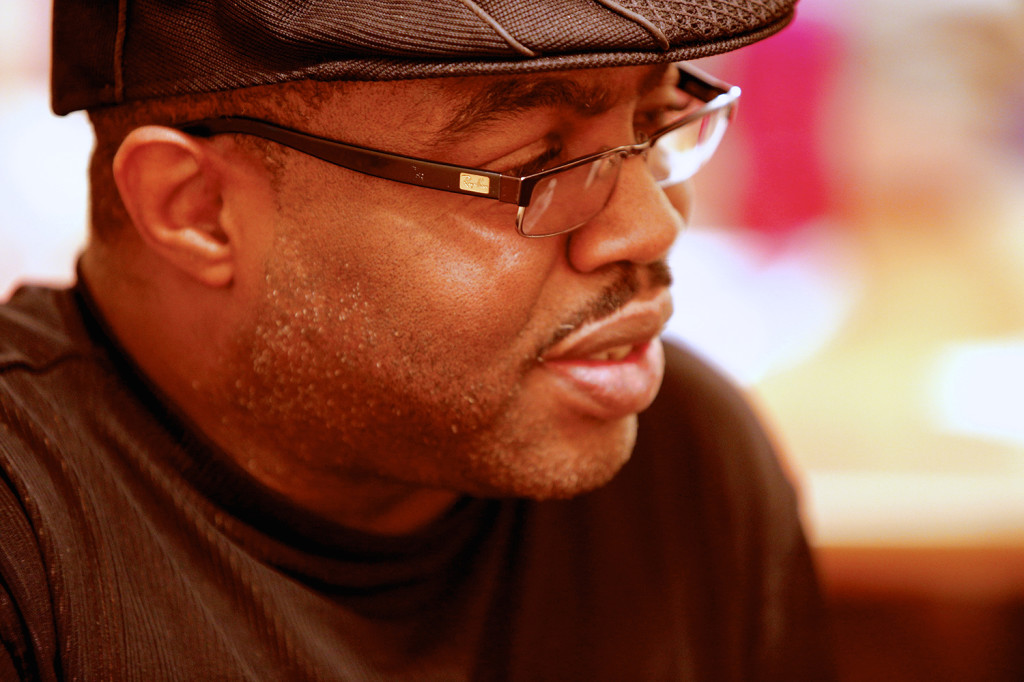
The school board minutes for the meeting in March include some alarming figures on the dangers facing teachers. Data released at that meeting depicts a huge spike in workers compensation claims involving incidents with students in the fall of 2013. The number of such claims nearly doubled in the first four months of the 2013-14 school year compared to the school year before. In October 2013, the district reported that 70 teachers or other staff filed claims for injuries resulting from incidents with students. Responding to the numbers, the board created a review team to look into “student-involved” workers comp claims. According to Be the Change, there are more injuries, but many go unreported by teachers who do not want to rock the boat, don’t want to take time off from work or have lost faith that anything will happen if they do speak up.
Shirelle Dowdell has been a teacher for 15 years; she teaches at Henninger High School. Speaking June 16 at Southwest Community Center, she told a community gathering that in those 15 years, she has written only five referrals, none of which resulted in suspensions. Dowdell served on the task force that prepared the draft of the new code of conduct.
“Just as we need to teach our students how to behave, we also need to teach some of our teachers how to deal with student behaviors,” she said.
Dowdell says she has never had a student threaten her. To an enthusiastic audience of mostly African-American parents and neighbors, Dowdell continued, “We have some amazing students in this district, in spite of this horrific data. We have some terrific teachers who need to be taught how to deal with our students.”
Contreras, speaking at the same meeting, said that teachers need to understand some of the cultural differences that can be misinterpreted.
Patricia Clark has served at Henninger High School for years; she works as director of pupil services. She is in charge of student discipline, a thankless job on a good day. Speaking at the forum, she said: “Some people say things are worse than they’ve ever been. Others say we’re not suspending anyone.”
Both sides agree on some things.
The decision to cut support staff in the schools — 1,000 have been let go since Contreras arrived — has meant fewer adults on hand to help with student behaviors.
The reductions of alternative programs for offending students has also played a role. Under the new code of conduct, each school would be required to create a behavioral intervention center with staff trained to assess and deal with any disruptive students. Both Be the Change and the district task force agree this could be a step forward. Scott refers to these centers as a place where a trained specialist could conduct a triage assessment to get help for a disruptive child while the teacher can continue instruction for the rest of the students. Contreras says she has obtained $2 million in state money through Assemblyman Bill Magnarelli (D-Syracuse) to pay for these centers.
But one teacher who reported fights breaking out twice a week or more last year at Frazier reacted to the assessment that teachers don’t understand the culture of their students.
“I know plenty of poor people who are not abusive,” she says. “Don’t say that this is culture. I refuse to accept that abuse is part of a culture.”
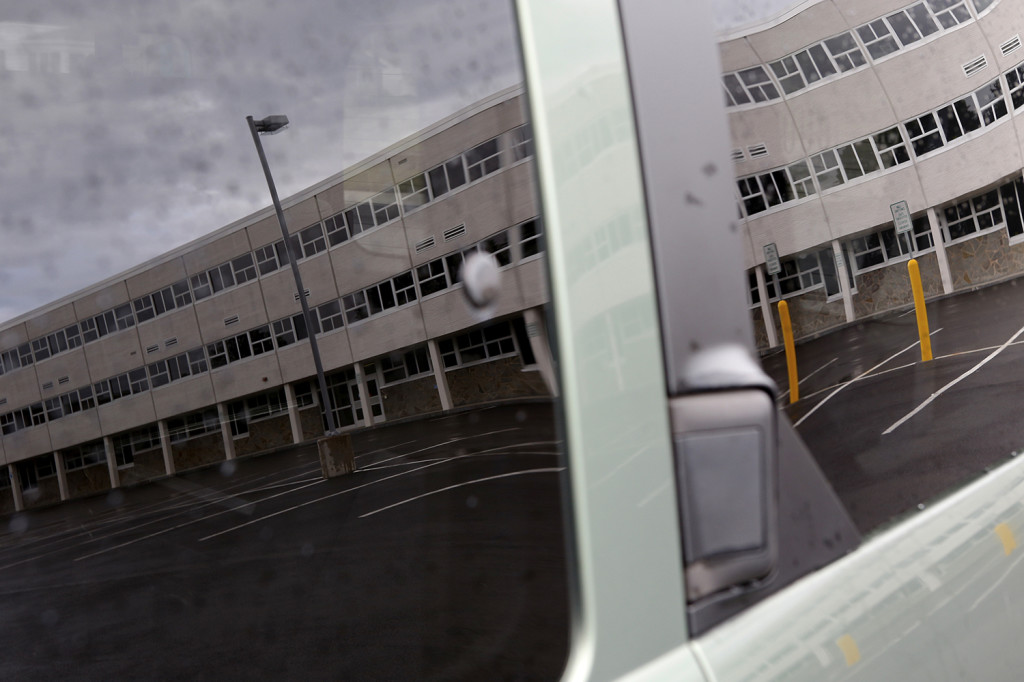
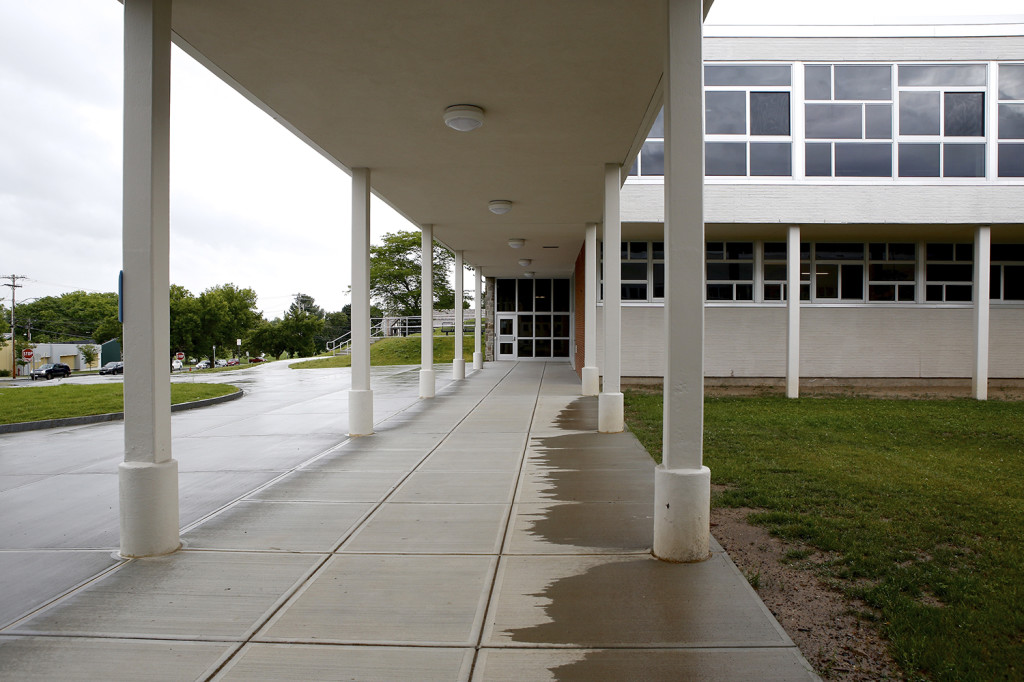
Some Numbers
24
Percentage of city teachers who live in the city.
1,900
Number of teachers in the Syracuse City School District.
125
Number of people of color employed as teachers in the district.
***



